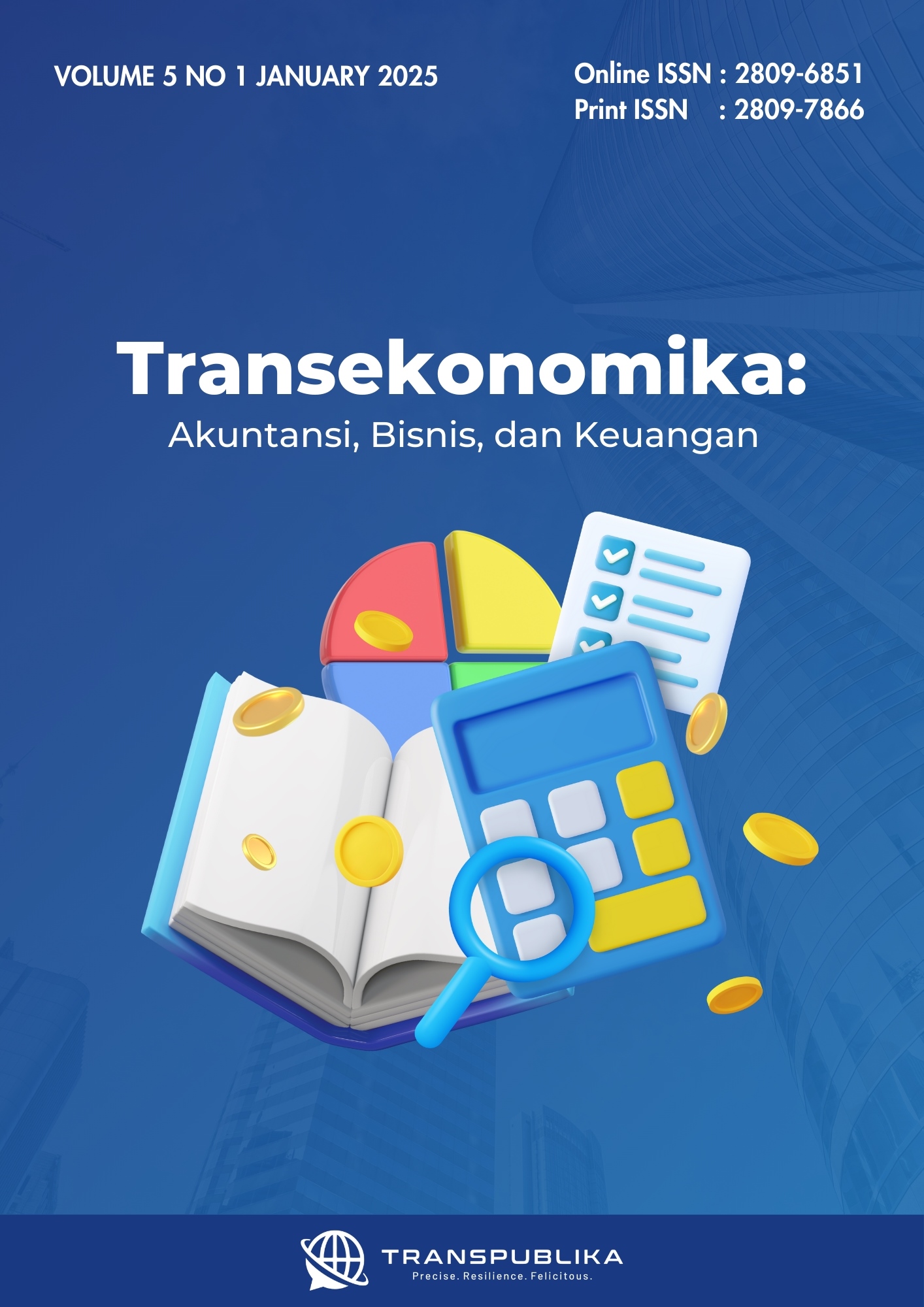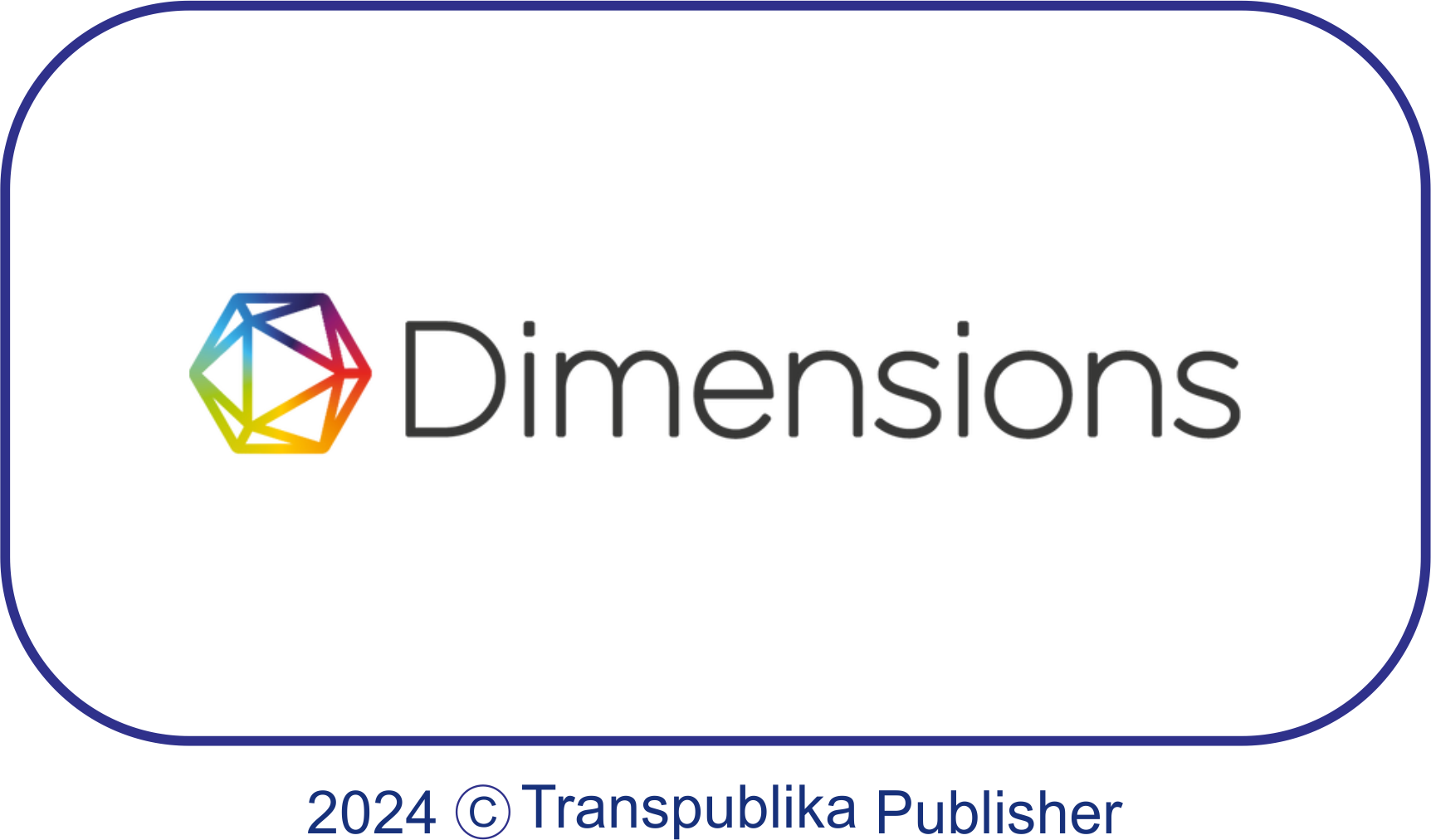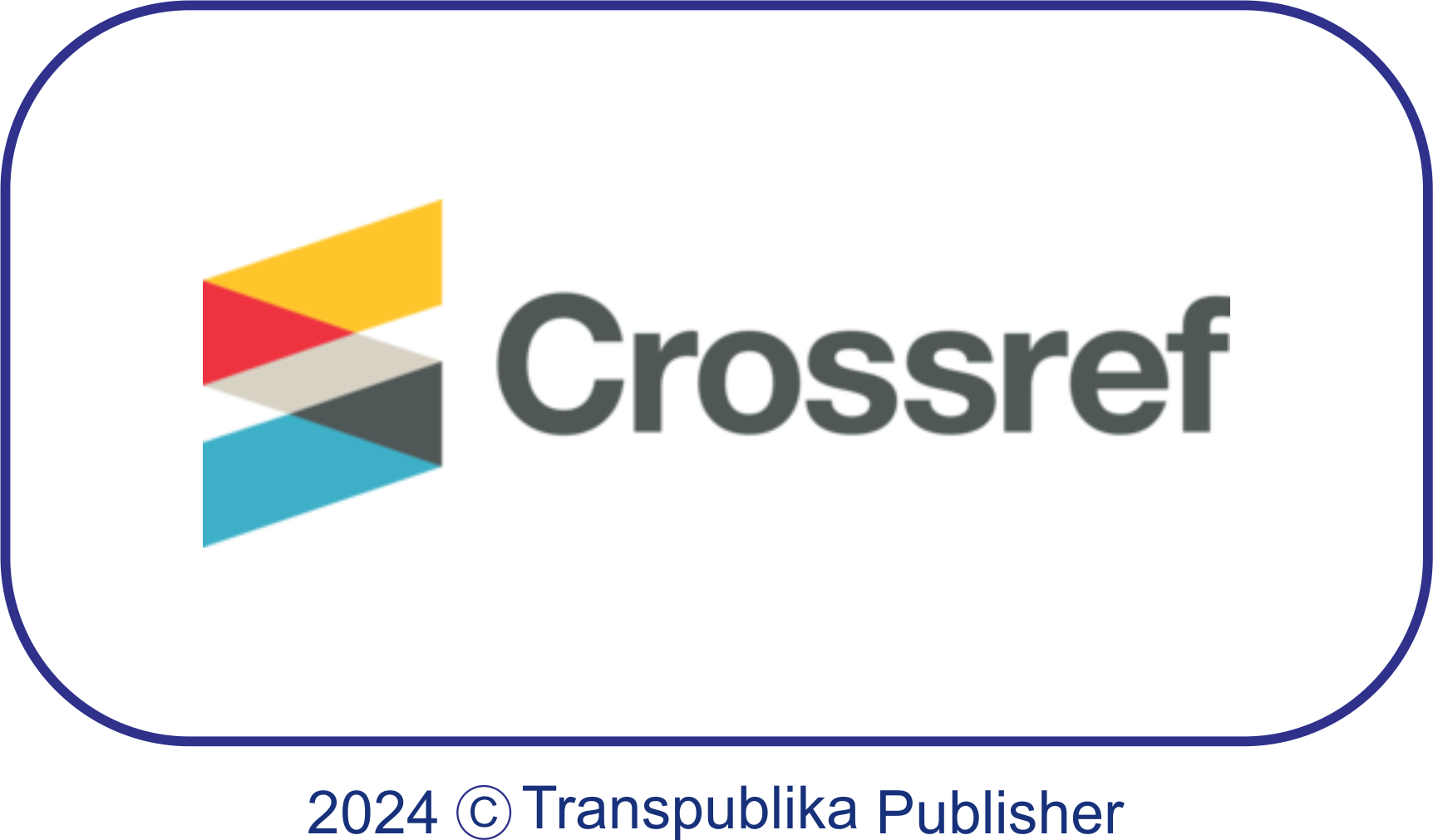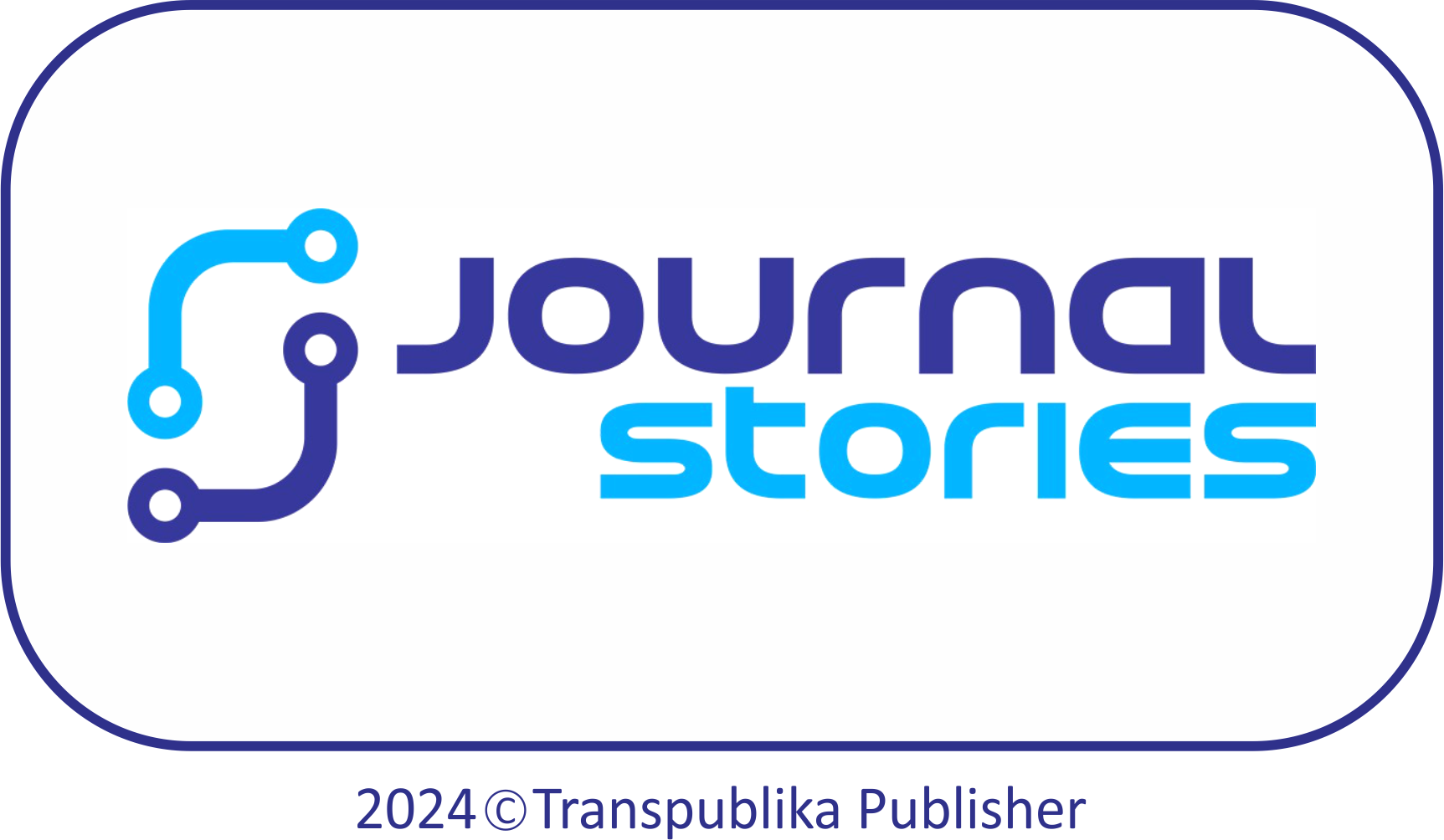Integrating Supply Chain Risk Management and Organizational Agility in Post-pandemic Era: A Pathway to Superior MSMEs Performance in Indonesia
Abstract
SMEs, being crucial contributors to economic growth, often face significant supply chain risks that can impede their performance. The ability to manage these risks effectively in the post-pandemic era and to adapt swiftly to environmental changes (organizational agility) is vital for their success. This study explores the association between supply chain risk management (SCRM) and organizational agility (OA) in enhancing the performance of micro, small, and medium-sized enterprises (MSMEs) in Indonesia. Using a quantitative approach, data were collected from 254 Indonesian MSMEs across various industries through structured questionnaires. The analysis, conducted using structural equation modeling, reveals that both SCRM and OA have a significant positive impact on MSME's performance. The study findings suggest that Indonesian MSMEs that integrate robust risk management practices with agile organizational structures are better equipped to maintain operational efficiency and drive innovation. The study underscores the importance of SCRM and OA as strategic tools for MSMEs to enhance their competitiveness and resilience in a volatile market landscape. The results provide valuable insights for MSME managers and policymakers aiming to foster sustainable business practices and long-term growth.
Downloads
References
Afaq, A., Gaur, L., & Singh, G. (2023). Social CRM: linking the dots of customer service and customer loyalty during COVID-19 in the hotel industry. International Journal of Contemporary Hospitality Management, 35(3). https://doi.org/10.1108/IJCHM-04-2022-0428
Alfarizi, M., & Kurnia Sari, R. (2023). Business Crisis Management and Quintuple Helix Involvement of MSME: Post COVID-19 Empirical Study in Indonesia. 2023 International Conference on Sustainable Islamic Business and Finance, SIBF 2023. https://doi.org/10.1109/SIBF60067.2023.10379903
Braunscheidel, M. J., & Suresh, N. C. (2009). The organizational antecedents of a firm’s supply chain agility for risk mitigation and response. Journal of Operations Management, 27(2), 119–140.
Chandler, G. N., & Hanks, S. H. (1993). Measuring the performance of emerging businesses: A validation study. Journal of Business Venturing, 8(5), 391–408.
Chin, W. W. (1998). The partial least squares approach to structural equation modeling. Modern Methods for Business Research/Lawrence Erlbaum Associates.
Christopher, M., & Peck, H. (2004). Building the resilient supply chain.
Colicchia, C., & Strozzi, F. (2012). Supply chain risk management: a new methodology for a systematic literature review. Supply Chain Management: An International Journal, 17(4), 403–418.
Dhewanto, W., Nazmuzzaman, E., & Fauzan, T. R. (2020). Cross-countries’ policies comparison of supporting small and medium-sized enterprises during covid-19 pandemic. ECIE 2020 16th European Conference on Innovation and Entrepreneurship, 218.
Ferdiyanti, R., & Safrin, F. A. (2023). Analisis Pelaksanaan Program Pelatihan Dan Pengembangan Karyawan Dalam Meningkatkan Kualitas Kerja Karyawan Pada Pudam Tirta Bina Labuhanbatu. TRANSEKONOMIKA: AKUNTANSI, BISNIS DAN KEUANGAN, 3(4). https://doi.org/10.55047/transekonomika.v3i4.506
Fornell, C., & Larcker, D. F. (1981). Evaluating structural equation models with unobservable variables and measurement error. Journal of Marketing Research, 18(1), 39–50.
Geisser, S. (1974). A predictive approach to the random effect model. Biometrika, 61(1), 101–107.
Gligor, D. M., & Holcomb, M. C. (2012). Understanding the role of logistics capabilities in achieving supply chain agility: a systematic literature review. Supply Chain Management: An International Journal, 17(4), 438–453.
Gunasekaran, A., Subramanian, N., & Papadopoulos, T. (2017). Information technology for competitive advantage within logistics and supply chains: A review. Transportation Research Part E: Logistics and Transportation Review, 99, 14–33.
Gunday, G., Ulusoy, G., Kilic, K., & Alpkan, L. (2011). Effects of innovation types on firm performance. International Journal of Production Economics, 133(2), 662–676.
Hair, J. F., Black, W. C., Babin, B. J., & Anderson, R. E. (2013). Multivariate Data Analysis. Pearson Education Limited.
Hohenstein, N.-O. (2022). Supply chain risk management in the COVID-19 pandemic: strategies and empirical lessons for improving global logistics service providers’ performance. The International Journal of Logistics Management, 33(4), 1336–1365.
Jüttner, U., Peck, H., & Christopher, M. (2003). Supply chain risk management: outlining an agenda for future research. International Journal of Logistics: Research and Applications, 6(4), 197–210.
Kock, N. (2015). Common method bias in PLS-SEM: A full collinearity assessment approach. International Journal of E-Collaboration (Ijec), 11(4), 1–10.
Lee, H. L. (2002). Aligning supply chain strategies with product uncertainties. California Management Review, 44(3), 105–119.
Mukherjee, S., Nagariya, R., Mathiyazhagan, K., & Scuotto, V. (2024). Linking supply chain resilience with knowledge management for achieving supply chain performance. Journal of Knowledge Management, 28(4). https://doi.org/10.1108/JKM-12-2022-0985
Nozari, H., & Szmelter-Jarosz, A. (2023). An analytical framework for smart supply chains 5.0. In Building Smart and Sustainable Businesses With Transformative Technologies. https://doi.org/10.4018/9798369302101.ch001
Oktalia, A., Agriffina, J., Ella, M., Cuandra, F., & Laulita, N. B. (2022). Analisis rantai pasok serta sistem ERP dalam kinerja operasional PT Nestle Indonesia. Transekonomika: Akuntansi, Bisnis Dan Keuangan, 2(3), 127–144.
Pettit, T. J., Croxton, K. L., & Fiksel, J. (2013). Ensuring supply chain resilience: development and implementation of an assessment tool. Journal of Business Logistics, 34(1), 46–76.
Rajagopal, P., & Bernard, A. (2013). Managing supply chain risks: A case study from India. Supply Chain Management: An International Journal.
Ralston, P. M., Blackhurst, J., Cantor, D. E., & Crum, M. R. (2015). A structure–conduct–performance perspective of how strategic supply chain integration affects firm performance. Journal of Supply Chain Management, 51(2), 47–64.
Rana, M. R. I., & Ha-Brookshire, J. E. (2023). An empirical study on supply chain agility and disruption mitigation performance of U.S. fashion retailers: knowledge management capability perspective. Journal of Fashion Marketing and Management, 28(1). https://doi.org/10.1108/JFMM-10-2022-0205
Sambamurthy, V., Bharadwaj, A., & Grover, V. (2003). Shaping agility through digital options: Reconceptualizing the role of information technology in contemporary firms. MIS Quarterly, 237–263.
Sari, D., Kusuma, B. A., Sihotang, J., & Febrianti, T. (2023). The role of entrepreneurial marketing & innovation capability in the performance of SMEs during covid-19 pandemic: Evidence of MSMEs in West Java. Cogent Business & Management, 10(1), 2194091.
Scholten, K., Sharkey Scott, P., & Fynes, B. (2014). Mitigation processes–antecedents for building supply chain resilience. Supply Chain Management: An International Journal, 19(2), 211–228.
Sheffi, Y. (2015). Preparing for disruptions through early detection. MIT Sloan Management Review, 57(1), 31.
Spekman, R. E., & Davis, E. W. (2004). Risky business: expanding the discussion on risk and the extended enterprise. International Journal of Physical Distribution & Logistics Management, 34(5), 414–433.
Stone, M. (1974). Cross‐validatory choice and assessment of statistical predictions. Journal of the Royal Statistical Society: Series B (Methodological), 36(2), 111–133.
Sudjatmoko, A., Ichsan, M., Astriani, M., Mariani, & Clairine, A. (2023). The impact of COVID-19 pandemic on the performance of Indonesian MSME with innovation as mediation. Cogent Business & Management, 10(1), 2179962.
Syahchari, D. H., Sudrajat, D., Lasmy, L., Herlina, M. G., Estefania, F., & Van Zanten, E. (2022). Achieving Supply Chain Resilience through Supply Chain Risk Management and Supply Chain Partnership. ACM International Conference Proceeding Series. https://doi.org/10.1145/3512676.3512712
Tambunan, T. T. H. (2022). Development of MSMEs and Their Main Constraints. In Fostering Resilience through Micro, Small and Medium Enterprises: Perspectives from Indonesia (pp. 13–36). Springer.
Tang, C. S. (2006). Perspectives in supply chain risk management. International Journal of Production Economics, 103(2), 451–488.
Tang, O., & Musa, S. N. (2011). Identifying risk issues and research advancements in supply chain risk management. International Journal of Production Economics, 133(1), 25–34.
Tse, Y. K., Zhang, M., Akhtar, P., & MacBryde, J. (2016). Embracing supply chain agility: an investigation in the electronics industry. Supply Chain Management: An International Journal, 21(1), 140–156.
Vanany, I., Zailani, S., & Pujawan, N. (2009). Supply chain risk management: literature review and future research. International Journal of Information Systems and Supply Chain Management (IJISSCM), 2(1), 16–33.
Wiklund, J., & Shepherd, D. (2003). Knowledge‐based resources, entrepreneurial orientation, and the performance of small and medium‐sized businesses. Strategic Management Journal, 24(13), 1307–1314.
Wulandhari, N. B. I., Budhwar, P., Mishra, N., Akbar, S., Do, Q., & Milligan, G. (2023). Organizational resilience to supply chain risks during the COVID‐19 pandemic. British Journal of Management, 34(3), 1282–1315.
Copyright (c) 2025 Tribowo Rachmat Fauzan, Ajeung Syilva Syara

This work is licensed under a Creative Commons Attribution 4.0 International License.








.png)







.png)


.png)

.png)















